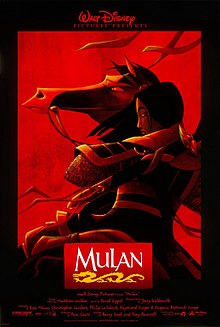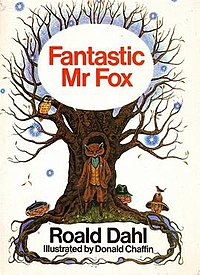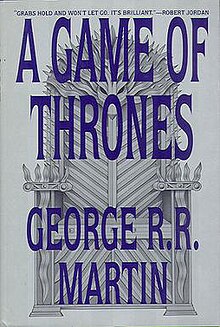Well, all of the Awards’ favourites of 2019 have played in UK cinemas now, and three months into 2020 I think it is time to make my Top 10 films of 2019 list. These are my critical Top 10, and not necessarily a reflection of the 2019 films that I enjoyed the most. It was a hard list to make, as 2019 had a lot of fantastic films, and I would have loved to have been able to include Ad Astra, Avengers: Endgame, Beanpole, Beats, Booksmart, The Farewell, I Lost My Body, Joker, Knives Out, Le Mans ’66, Little Women, The Mustang, Once Upon a Time…in Hollywood, The Peanut Butter Falcon, Portrait of a Lady on Fire, Sorry We Missed You, Toy Story 4, The Two Popes, Us and Waves on this list. However, the fact that I did not can only be a good thing though, as they were great films, but there are 10 that are even better, so here we go…
10) Apollo 11 (Dir. Todd Douglas Miller)
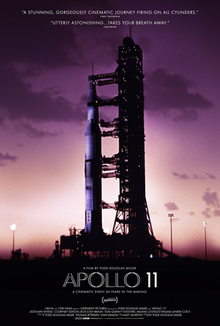
Kicking off the Top 10 is this unique experiment in documentary filmmaking. Todd Douglas Miller uses only archival footage (most of which had been previously inaccessible to the public), with no narration or interviews, to present an overview of the Apollo 11 Moon Landing, and celebrate the marvellous efforts and achievements of the thousands of hardworking people on the Earth below, which had been incredibly overlooked since 1969. The archive footage is stunningly restored, and this heartfelt tribute to the unsung heroes of Apollo 11 was a breathtaking cinematic experience.
9) The Souvenir (Dir. Joanna Hogg)

Directed with real sensitivity by Joanna Hogg (who loosely bases the film on her own real-life experiences), this is a nuanced and slow-burn exploration of a relationship’s gradual descent into toxicity, and the saddening reality of how difficult getting out of such a relationship can be. However, it is not a totally gloomy affair, as there are some lovely scenes in which the creative arts are a discussion point, and these moments serve as beautiful love letters to the creative arts and their wonderful abilities to bring people together and evoke discussion.
8) Pain and Glory (Dir. Pedro Almodóvar)

For veteran director Pedro Almodóvar this was a highly personal project, that aspect of its nature being acutely seen through its honest depiction of the impact of ageing and the feelings of regret which are evoked by memory, as well as its sincere comment on how perspectives on art and filmmaking can change and evolve with time. It is a highly intimate film which boasts a beautifully multilayered performance from Antonio Banderas in quite possibly the best turn of his career, that is absolutely captivating to watch and testifies to Almodóvar’s enduring flare and sensitivity as a director.
7) Uncut Gems (Dirs. Josh Safdie/Benny Safdie)
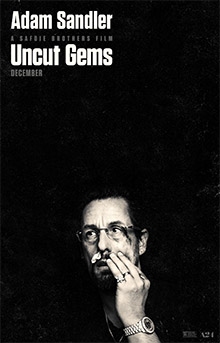
Directed with real flare, Uncut Gems cements the status of the Safdie brothers as two of the freshest and most original new talents on the American independent filmmaking circuit. Directed, shot and edited with real energy and a breakneck pace, quite possibly the best way to describe this film is as an assault on the senses. It is one of the most intense and gripping films of 2019, which will leave you feeling exhausted yet blown away by the end, and features a career-best performance from Adam Sandler, who shows just how brilliant a dramatic actor he can truly be.
6) The Irishman (Dir. Martin Scorsese)

Another masterpiece from the legendary director, this is further testament to Martin Scorsese’s gift for filmmaking. The Irishman will make you think of Goodfellas (which remains Scorsese’s greatest work), but it differs by presenting a sombre and reflective take on the ageing process and the long-lasting impact which people can continue to have on one’s life decades later. In this, Scorsese is clearly reflecting with nostalgia upon his own career and the lifelong friendships he has made through it, which is made most clear by his casting Robert DeNiro and Joe Pesci, who (along with Al Pacino) are a true treat to watch.
5) Marriage Story (Dir. Noah Baumbach)

Utilising long takes to give the film a much more naturalistic quality, Noah Baumbach presents a dialogue-heavy film which is truly captivating to watch, thanks to rich dialogue which is sincere and heartfelt, in a film which takes a very realistic, highly serious and frankly heartbreaking look at the messy realities of the divorce process and its impact upon everyone involved. The character arcs are an emotional rollercoaster to watch, and Adam Driver and Scarlett Johansson give phenomenal leading turns, and are supported by a unanimously excellent cast, the standout of which is Laura Dern.
4) Bait (Dir. Mark Jenkin)

Experimental films are by no means rare, but ones shot on celluloid film by a director/cinematographer/editor using a very old hand-cranked camera are. Mark Jenkin created with Bait an absolutely captivating piece of cinema, which is a heartfelt tribute and touching love letter to the art of filmmaking, and in this he presents a down-to-Earth and mature social commentary on class and generational differences in modern-day Cornwall. It may not have topped the list, but it is a wonderful and unique experiment made in an era where too few filmmakers try to be different.
3) The Lighthouse (Dir. Robert Eggers)

If only this film (which looks at isolation and cabin fever) was premiering this year, it would be the most timely release possible. A slow-burn narrative, The Lighthouse is a brooding and intense psychological-horror which looks at the impact which isolation and a desperation for intimacy can cause in the extreme. Shot beautifully in black-and-white, every frame has a haunting and atmospheric quality to it, which just increases the sense of horror, although even that does not make it as intense an experience as the raw, passionate performances from Robert Pattinson and Willem Dafoe. Yet the true horror of this film is found in the ambiguity as we are never certain of what is real and what is a hallucination triggered by madness.
2) Parasite (Dir. Bong Joon-ho)
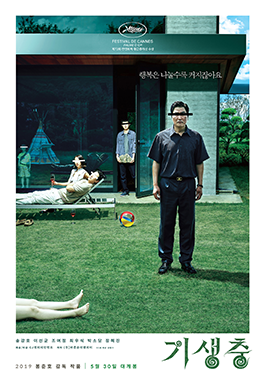
With Parasite, Bong Joon-ho once again proved himself to be an incredibly talented and versatile director, presenting us with a film that is so different to anything which he had done before, yet which is still distinctly Bong. A magnificently acted film with a rich focus on character, this is simultaneously a hilarious satire and a heartfelt, poignant reflection on social class differences and capitalism’s impact upon society. Furthermore, it is easily one of the year’s most intense films, the constant increase of tension and suspense beautifully exacerbated by all manner of ingenious twists and turns which will keep the viewer on the edge of their seat. Did it deserve all of its Oscar glory? Absolutely!
1) A Hidden Life (Dir. Terrence Malick)

Like any Terrence Malick film, this is visually a masterpiece, with every frame having a stunning, painterly quality to it that makes it absolutely breathtaking to look at, while a brief use of point-of-view shots is easily one of the best uses of such shots that I have seen in a very long time. As well as being a visual masterpiece, this is quite possibly Malick’s best film to date. Telling the true story of a conscientious objector who defied the Nazi Party due to his unrelenting faith in God, this slow-burn film is a very reflective and philosophical film which explores humanity and forces the viewer to ponder what they would do in such extreme circumstances, while it is also incredibly sobering to watch as we see prejudiced attitudes on display which still exist in society today. Ultimately though, the narrative is a beautiful and tender depiction of the importance and endurance of personal faith in God in the face of extreme persecution and suffering, which moved me to my core as both a Christian and a film critic. A criminally overlooked masterpiece of filmmaking which more people need to see!
There were some bad films in 2019 (I endured Cats, and I feel dirty every time anyone brings that up with me), but it was absolutely a terrific year for cinema! There were plenty of fantastic films, and the fact that my Top 10 and the honourable mentions which preceded it between them contain films from Britain, America, Canada, Korea, Spain, France, Russia and Italy testifies to the fact that cinema is a truly international art form! While it is a lot harder to be excited for 2020, given that the cinemas are closed and multiple release dates have been pushed back indefinitely due to coronavirus, I do look forward to making my Top 10 Films of 2020 list around this time next year!










